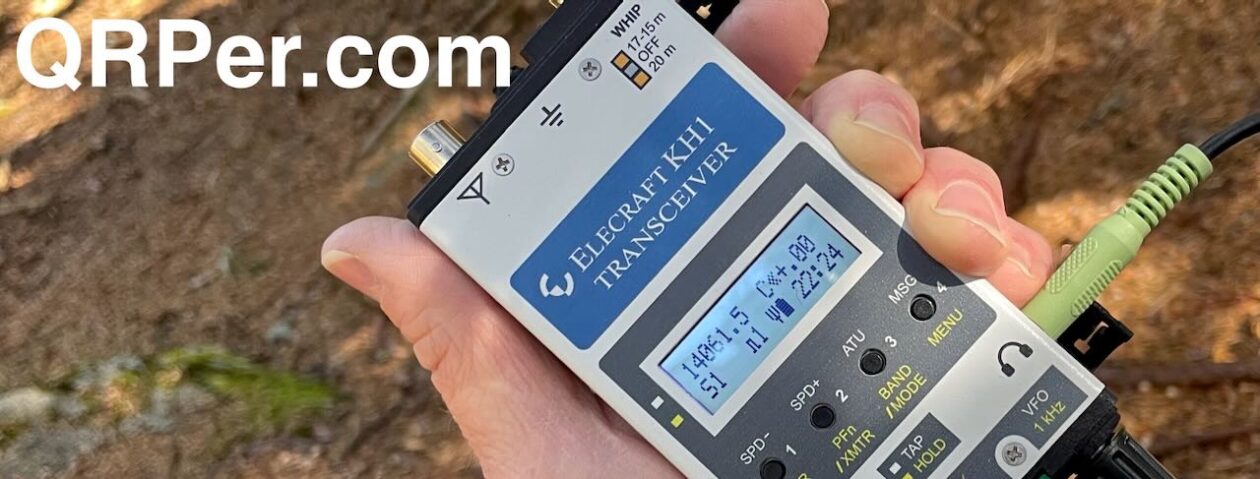Many thanks to André (VE2ZDX) who writes:
Hi Thomas,
I have written some pieces of software to automate the sending of emails to callsigns in adif files. I wrote them to help myself and they work very well. One of them I’m making publicly available since it’s very simple and, although it’s pure command line, I believe most hams would be able to use it.
In this video I explain it and teach how to customize it to your needs:
https://youtu.be/zV5nxNsP8MY?si=-a99LDDrXYeDCMLO
This software will send one email per callsign in the adif file you choose. It can be used for many things but it fits very well the use case where you record a POTA activation and want to send the link of the video to everyone in the log. It’s specially ideal for POTA because you can download the log per activation from the POTA website =]
The motivation to create this software comes from the fact that I don’t use paper QSL cards anymore, instead I record the QSO and use YouTube as video storage. And since I have it on YouTube already, why not share with the other ham? They love it!
Also, recordings (audio or video) of your radio activities becomes so as they age! See an example. This is the first time tried QRP on the ham bands:
https://youtu.be/50yzsZfas30?si=_jmr-D9l5TkGR1h5
Just from this recording I learned so many things, such as the speaker I had sucked! You can hear much more in the recording than what I could hear in that session heheh
If you want feel free to share this software with other operators, I’d be happy if it helped more people publish real ham radio content on YouTube, like yours.
73
Thank you so much for sharing this, André. I’m sure there are others who record their activations on video and will benefit from your command line tool!


This is very cool! Thanks for sharing it André!
I’m really enjoying the code walkthrough in the video you shared above. Is the source code available anywhere? (I apologize if I missed it in the video above.) We’ve done some work with the QRZ xml interface here as well.